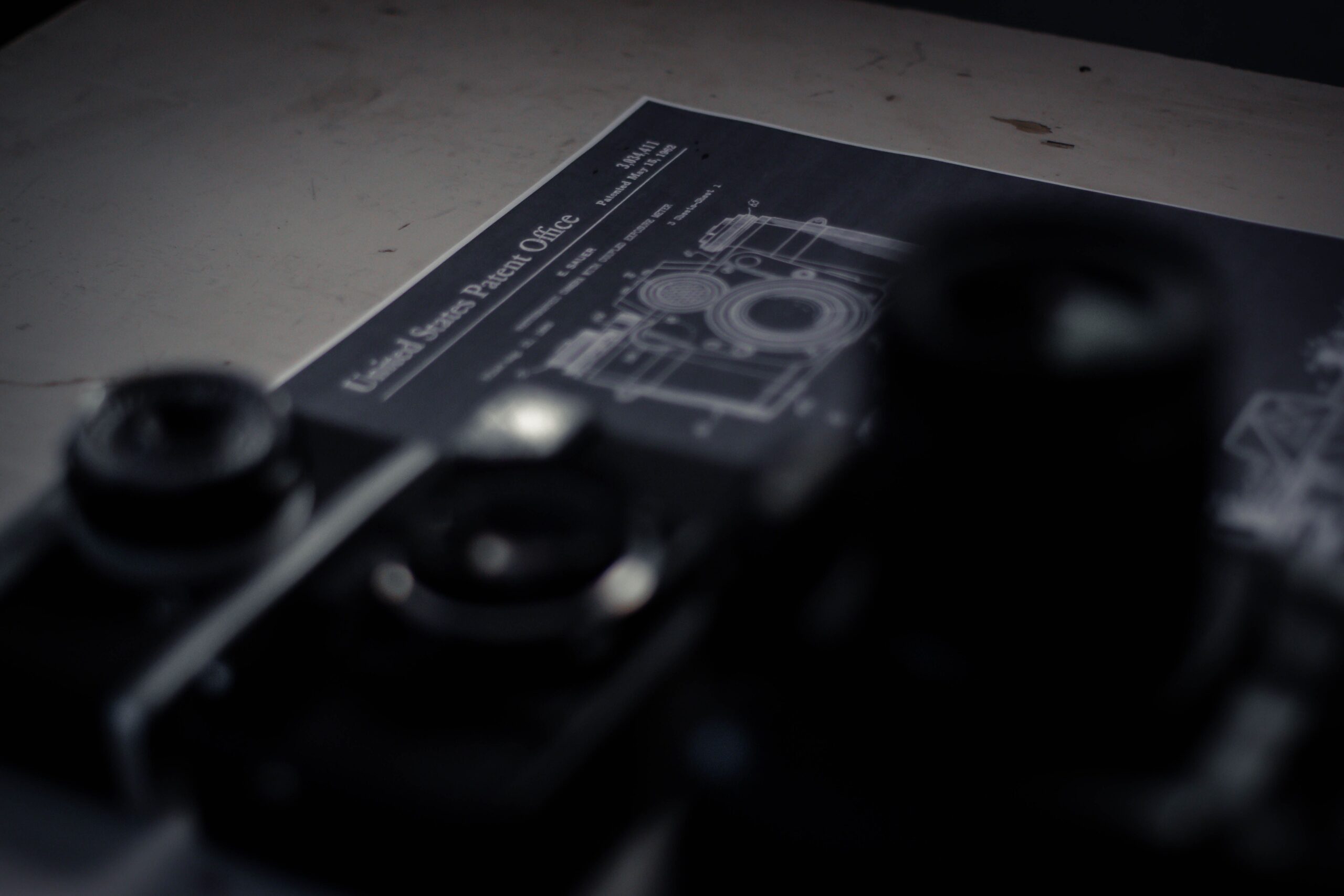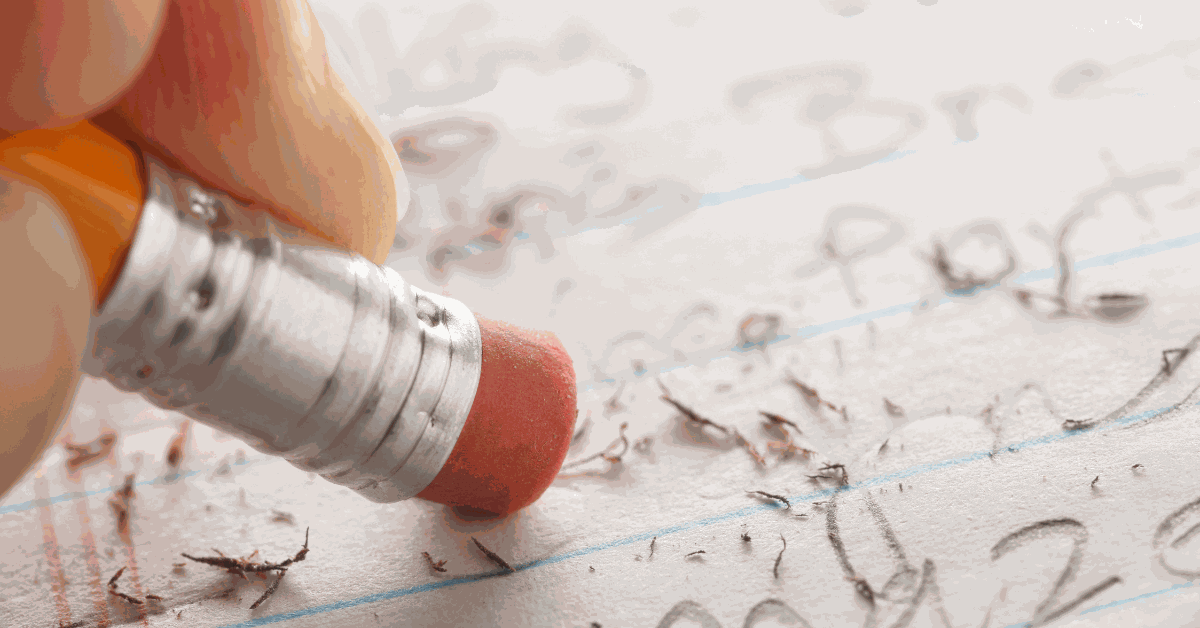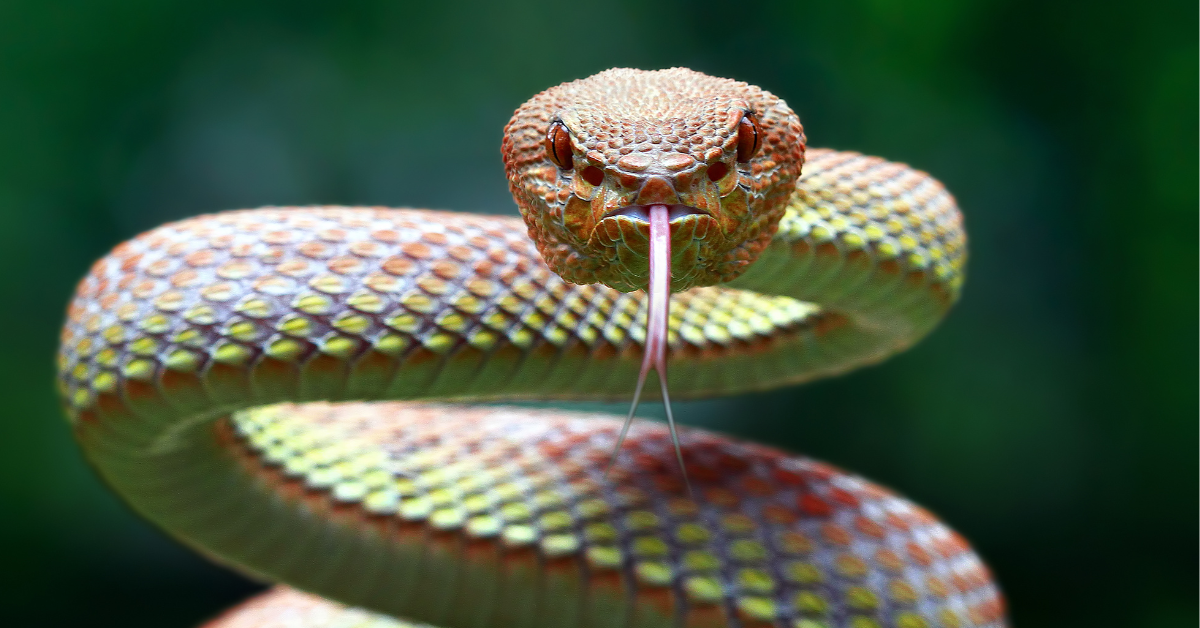Introduction
In the early days of patent litigation – when real inventors were suing corporations (Kearns v. Ford Motor Company) or corporations were suing each other (Procter & Gamble v. Kimberly Clark, a.k.a “diaper wars” or Dow v. Exxon Chemical) — the scientific approach that was taken in developing juror profiles for patent cases was cumbersome and complex. It was posited that two different sets of profile characteristics were needed to reliably identify plaintiff and defendant juror types: Those who would tend to find (non)infringement and those who would tend to find (in)validity. Moreover, it was believed that these two sets of juror profile characteristics would not necessarily have attributes or components in common with each other.
Thus, for example, statistical analyses found that those in highly analytical job positions (lab technicians, machinists, engineers, architects) tended to find for defendants on infringement because they had highly refined perceptual or cognitive categories – they did not “lump things together” but rather used fine levels of differentiation between types or classifications of components, devices or processes, increasing the likelihood that things would look different from each other and therefore that the accused device would appear dissimilar to patent claim elements. As another example, the analyses revealed that (past or current) workers from government offices tended to find for defendants on invalidity, since they were very aware of the cut corners and neglect that occurs in such government offices, and therefore skeptical of patent examiner performance. Thus, markers or profile characteristics in the two domains of juror characteristics bore little resemblance or correspondence between each other, and two sets of such markers or characteristics needed to be used in tandem to implement an effective jury selection strategy.
Eventually the challenge became how to integrate these two sets of profile characteristics into a useful jury selection strategy on the courtroom floor. What happens, for instance, when a juror is “good” in one domain but not the other? Does a litigant “bank” on one set of profile characteristics or the other, or does that party try to satisfy them both in selecting jurors for a case?
A Pragmatic Approach
A pragmatic approach was surely required, and the basis for formulating such an approach rested on the fact that, for defendants at least, all that was needed was to win in one of the two domains – (non)infringement or (in)validity. In other words, for defendants, finding a juror who was likely to render a favorable result in either one of the two domains was sufficient, since plaintiffs need to prevail in both to collect damages. Thus, for example, having a government worker who believes that mistakes tend to be made in administrative offices would satisfy the necessary criteria, regardless of how he tended to come down on infringement issues, since an invalidity judgment by the jury would be a satisfactory outcome (defense verdict) overall. Similar considerations applied for (non)infringement. For purposes of discussion, we later refer to this initial framework for juror profiling as the “2-dimensional” approach.
Nonetheless, the problem persisted for plaintiffs, who need to prevail in both domains: A juror could not be a favorable one unless he/she would find both for infringement and against invalidity. Thus, in our example, such a juror would have to be both trusting of government offices and hold more simplistic, less refined cognitive categories for judging the accused device vis a vis the patent claim elements.
Application of scientific methods
The decision was made to look for commonalities across dozens of IP cases from California to Delaware, taking a psychological measurement approach using a “scorched earth” procedure: By compiling dozens of IP cases across the country, significant progress was realized that had initially been sought in completing and refining juror profile characteristics using smaller, more localized databases. We say “scorched earth” since no assumptions were made regarding profile characteristics — all of the IP cases were lumped together and treated like any other case, using a generalized approach wherein all possible profile characteristics were analyzed as though the cases had come from any category (product liability, employment, toxic tort, antitrust, etc.).
Analyses were also guided by information gleaned from focus groups. Interestingly, comments from jurors regarding their problem-solving methodologies in patent litigation revealed that they were generally construing these cases as misappropriation cases – essentially corporate theft – and the question posed by jurors was essentially “Did they (defendants) steal it (the accused device)”? Decisions in this regard were driven mostly by perceptions of conduct issues – for example, if defendants had acted as though they wanted or needed the technology, and/or if their conduct was sinister or malevolent in some way, the inference would be made that the technology must have not only been valuable (and therefore the patent must be valid) but also that the defendants had likely needed, and managed to get their hands on the intellectual property (and therefore that the patent had been infringed). So jurors were boiling down IP disputes into unidimensional issues connected with misappropriation or corporate theft, making inferences connected with (in)validity and (non)infringement based on the manner in which the litigants behaved in connection with the accused technology.
What had previously been two distinct dimensions of the verdict decision – (in)validity and (non)infringement – was therefore merging into one (misappropriation). Behavioral, conduct and other aspects of the case fact scenario – not the least of which was witness performance, especially in the nonverbal realm (facial expressions, eye contact, fidgeting etc.) – were being used by jurors to ascertain the likelihood of misappropriation, and from there, other perceptions and judgments of the case (infringement, invalidity) subsequently fell in line with those judgments. The more likely theft seemed to be, the more likely it was that the plaintiff’s theory of the case was true, whereas the less likely theft seemed to be, the more likely it was that defendant’s theory of the case was true. Even invalidity judgments fell in line – jurors typically reasoned that no one would want to steal the technology connected with an invalid patent, so once a finding of misappropriation became solidified, so did the patent’s validity.
While this “one-dimensional” view of how IP cases are problem-solved by jurors held appeal and provided considerable explanatory power in reconciling verdict results rendered by jurors in the research database, it was still not complete. Indeed there were exceptions, such as cases where perceptions of inequitable conduct rendered patents invalid (especially in the days before this decision was relegated to the bench); alternatively, on some occasions, on-sale bar and inventorship arguments, when effective, would often carry the day for defendants as well (more so than obviousness, anticipation, indefiniteness, etc.). Decisions regulated by these exceptions had the effect of superseding the “theft” issue in selected cases.
Nonetheless, most IP cases were still being construed in terms of theft, and therefore, in searching for precursors (predictors) of beliefs pertaining to misappropriation, the search was on – what kinds of juror characteristics make it more likely that a person will find theft? Identifying these characteristics would fill a sizeable gap in juror profiling for IP cases that had previously been unaddressed in jury selection strategy.

Be confident in achieving superior litigation outcomes. CSI has the expertise, track record, and capabilities to help you win.



